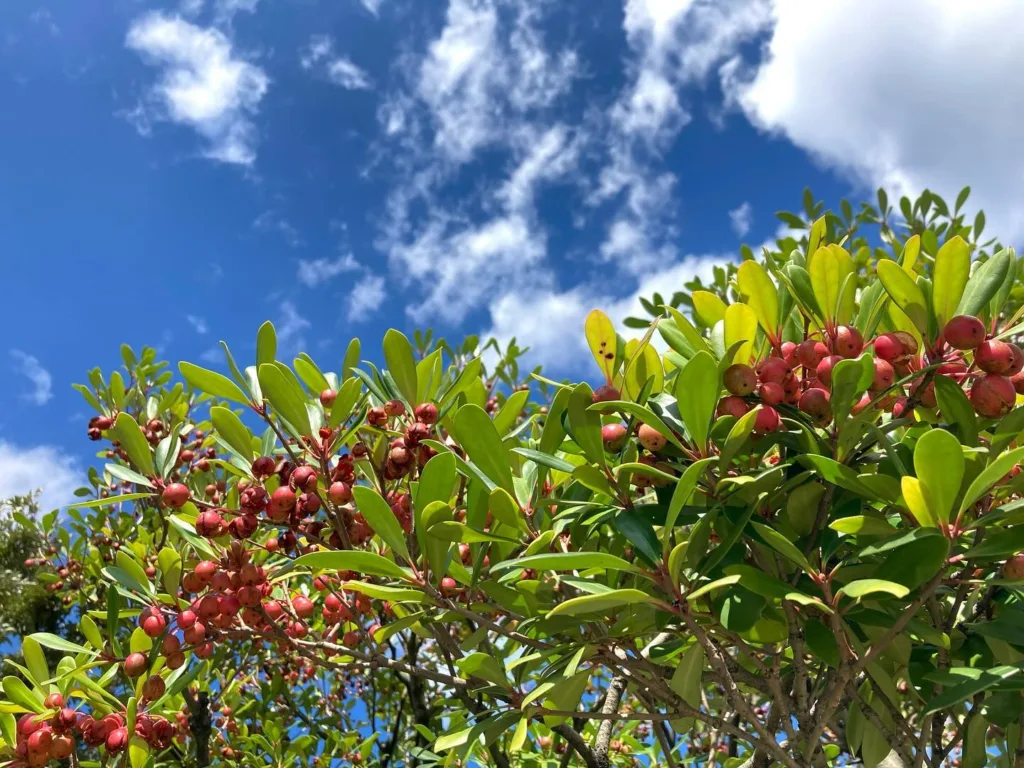The Dasylirion Longissimum: A Desert Dweller in My Garden
For years, I’ve been captivated by the stark beauty of desert landscapes. The resilience of plants that thrive in such harsh conditions is a constant source of fascination. So, when I stumbled upon the Dasylirion longissimum, also known as the Mexican Grass Tree, I knew I had to add it to my collection.
This unique succulent immediately grabbed my attention. Its architectural form, with long, sword-like leaves radiating from a central trunk, evokes a miniature palm tree. But unlike its tropical cousins, the Dasylirion longissimum is a survivor, perfectly adapted to the hot, dry climate of the Chihuahuan Desert.
23 Species in Genus Dasylirion
What is Dasylirion Longissimum?
The Dasylirion longissimum is a slow-growing evergreen shrub belonging to the Asparagaceae family. It’s not a true grass, but its stiff, narrow leaves resemble blades of grass, hence the common name. This architectural wonder can reach heights of 4 to 1 meters (12 to 4 feet) and widths of up to 2.4 meters (8 feet) over time, forming a dramatic focal point in any garden.
How to Care for Dasylirion Longissimum?
The Dasylirion longissimum is a low-maintenance plant, perfect for busy gardeners like myself. Here’s what I’ve learned about keeping this desert dweller happy:
- Light: Full sun is ideal for promoting optimal growth. However, it can tolerate some afternoon shade in particularly hot climates.
- Water: Mimic its natural habitat. Water deeply but infrequently, allowing the soil to dry completely between waterings. Avoid overwatering, as this can lead to root rot.
- Soil: Well-draining soil is crucial. A cactus mix or a mixture of potting soil with perlite or sand will ensure proper drainage.
- Temperature: This plant thrives in hot weather and can withstand temperatures as high as 38°C (100°F). It’s also cold hardy down to -9°C (15°F) for short periods, provided it’s kept dry.
How to Propagate Dasylirion Longissimum?
Propagating the Dasylirion longissimum is a process of patience. There are two main methods:
- Pups: Established plants may produce offsets, or pups, at the base. Carefully remove these pups with a sharp knife once they reach a manageable size and allow the cut end to callous over for a few days before planting them in their own pots with well-draining soil.
- Seeds: This method takes even longer, as seeds can take months to germinate. If you have the patience, fresh seeds can be sown directly in pots with a cactus mix and kept moist until germination.
What to Plant With Dasylirion Longissimum?
The Dasylirion longissimum’s architectural form pairs well with other drought-tolerant plants that share its love for sun and well-draining soil. Here are some ideas for companion plants:
- Succulents: Aloes, yuccas, and agaves create a stunning low-water garden.
- Cacti: Barrel cacti, prickly pear cacti, and saguaros complement the Dasylirion’s desert theme.
- Ornamental Grasses: Blue fescue, feather reed grass, and pennisetum add movement and texture to the composition.
- Flowering Shrubs: Add a pop of color with low-water flowering shrubs like lantana, butterfly bush, or Mexican honeysuckle.
Does Dasylirion Longissimum Live in Las Vegas?
The Dasylirion longissimum thrives in hot, dry climates similar to its native Chihuahuan Desert. Las Vegas, located in the Mojave Desert, also boasts hot summers and mild winters with very little rainfall. Therefore, the Dasylirion longissimum would be well-suited for outdoor planting in Las Vegas gardens with proper drainage and full sun exposure.
With its low-maintenance requirements and striking beauty, the Dasylirion longissimum has become a cherished member of my garden. It’s a constant reminder of the resilience of nature and the beauty that can be found in the harshest environments.
If i die, water my plants!



